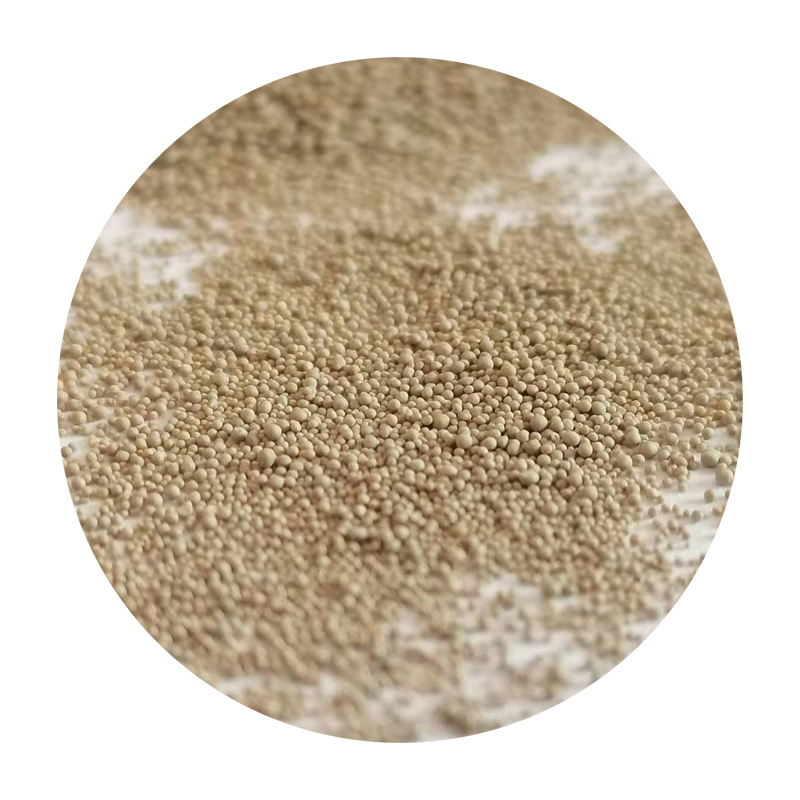Understanding Sand Casting A Comprehensive Overview
Sand casting is one of the oldest and most versatile methods of metal casting, where molten metal is poured into a mold made from sand. This time-honored process has been utilized for centuries and remains popular in various industries due to its simplicity, cost-effectiveness, and adaptability to create complex shapes and large parts.
The Sand Casting Process
The sand casting process begins with the creation of a mold, which typically consists of two halves the cope (the top half) and the drag (the bottom half). The first step involves forming a pattern, usually made from metal or plastic, which will shape the cavity within the mold. The pattern is placed in a mixture of sand and a bonding agent, such as clay or resin, and then compacted to form the mold around it.
Once the mold is prepared, the pattern is removed, leaving a cavity that mirrors the desired part. This cavity is then ready for pouring. Before pouring the molten metal, pouring basins and vents are created to allow the molten metal to flow in and gases to escape. Finally, the prepared mold is closed, and the molten metal, heated to high temperatures, is poured into the cavity.
After the metal has cooled and solidified, the mold is broken apart to retrieve the cast metal part. This is known as shakeout. The cast piece may require additional finishing processes to remove any imperfections, such as sand fins or rough edges, which can occur during the cooling process.
Advantages of Sand Casting
One of the primary advantages of sand casting is its adaptability. The casting process can accommodate a wide range of metals, including aluminum, iron, and bronze, making it suitable for producing a diverse array of components used in various applications, from automotive parts to artistic sculptures.
sand casting description

Additionally, sand casting allows for the production of large parts, which can be challenging in other casting methods. The flexibility in the size and complexity of the molds means that intricate designs can be realized. The sand itself is inexpensive and readily available, contributing to the overall cost-effectiveness of the process.
Another notable benefit is that sand casting requires relatively low initial setup costs compared to other casting methods. Because patterns can be made from less expensive materials, and there is no need for extensive machinery, small businesses and hobbyists can also engage in sand casting projects without a significant financial burden.
Limitations and Considerations
Despite its many advantages, sand casting does have limitations. One of the main challenges is achieving a high level of dimensional accuracy and surface finish. The rough texture of sand molds can lead to surface imperfections in the final product, which may not be suitable for all applications.
Moreover, while sand casting is excellent for low to medium production runs, it can be less efficient for large-scale manufacturing due to the time taken to prepare molds and patterns. For high-volume production, manufacturers may consider alternative methods, such as die casting or investment casting, which offer faster cycle times and finer surface finishes.
Conclusion
Sand casting is a vital manufacturing process that has stood the test of time. Its ability to produce intricate parts affordably and effectively makes it a cornerstone of the metalworking industry. As technology advances, the techniques and materials used in sand casting continue to evolve, ensuring its relevance and utility in modern production environments. Whether for creating simple objects or complex machinery components, sand casting remains a fundamental method in the world of metal casting.
Post time:ធ្នូ . 10, 2024 05:14
Next:golden sanda
